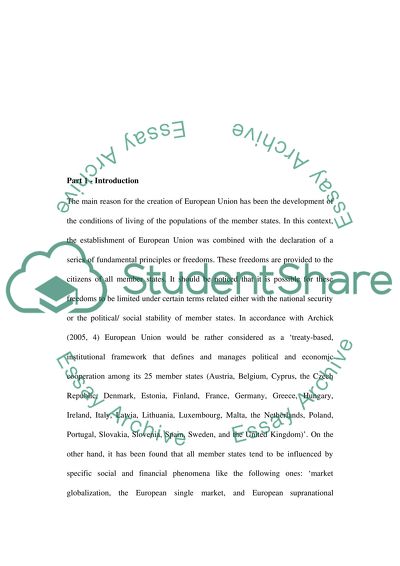Cite this document
(“To what extent are labour and capital really mobile within the EU Essay”, n.d.)
To what extent are labour and capital really mobile within the EU Essay. Retrieved from https://studentshare.org/miscellaneous/1543846-to-what-extent-are-labour-and-capital-really-mobile-within-the-eu
To what extent are labour and capital really mobile within the EU Essay. Retrieved from https://studentshare.org/miscellaneous/1543846-to-what-extent-are-labour-and-capital-really-mobile-within-the-eu
(To What Extent Are Labour and Capital Really Mobile Within the EU Essay)
To What Extent Are Labour and Capital Really Mobile Within the EU Essay. https://studentshare.org/miscellaneous/1543846-to-what-extent-are-labour-and-capital-really-mobile-within-the-eu.
To What Extent Are Labour and Capital Really Mobile Within the EU Essay. https://studentshare.org/miscellaneous/1543846-to-what-extent-are-labour-and-capital-really-mobile-within-the-eu.
“To What Extent Are Labour and Capital Really Mobile Within the EU Essay”, n.d. https://studentshare.org/miscellaneous/1543846-to-what-extent-are-labour-and-capital-really-mobile-within-the-eu.


